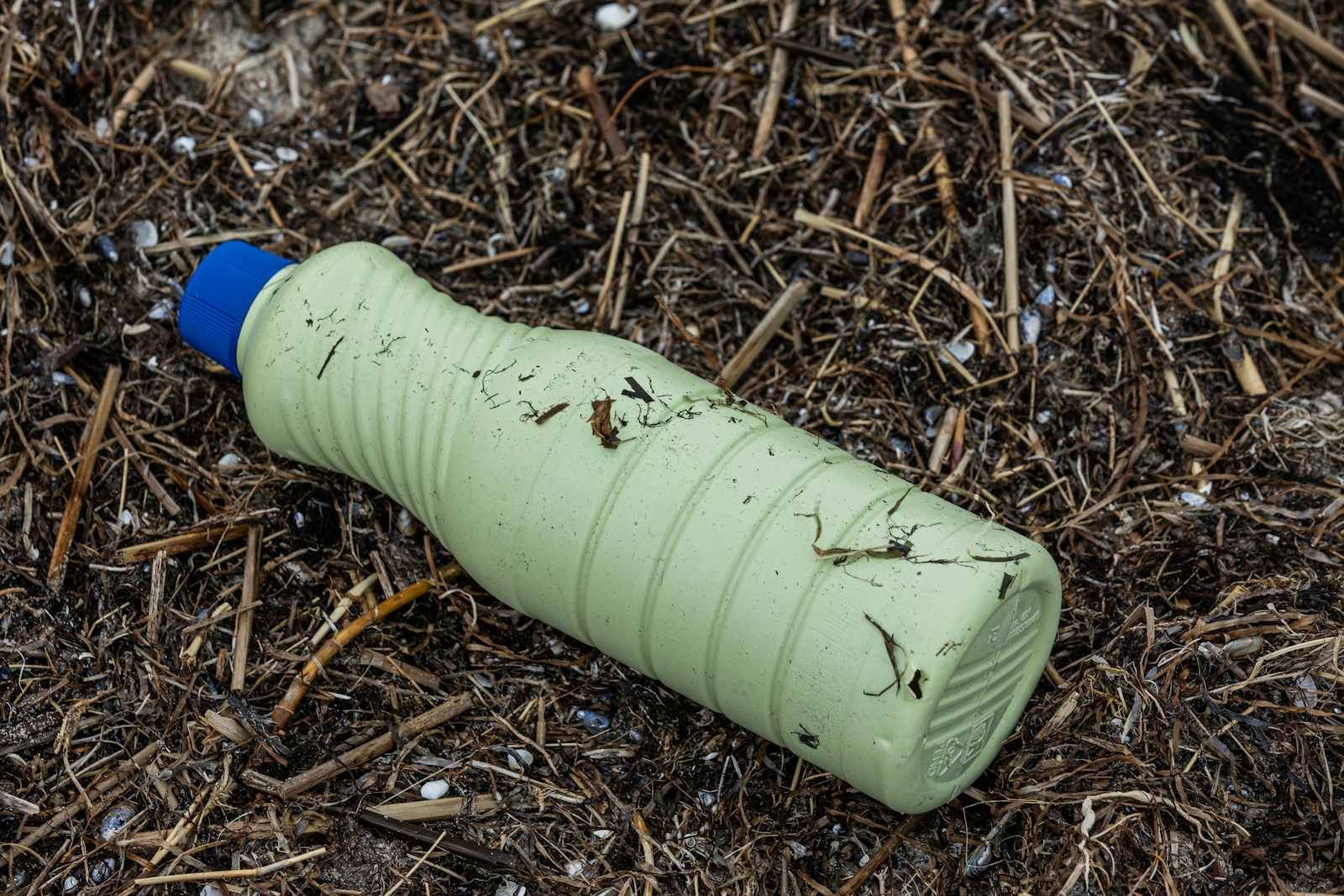Table of Contents
ToggleIntroduction
For decades, a mysterious compound in the drinking water of millions of Americans eluded scientists. This mystery chemical, now identified as chloronitramide anion, is a byproduct of chloramine, a disinfectant used in water treatment plants. While its health implications remain unclear, its discovery raises significant concerns about water safety and highlights the complexity of balancing public health and environmental sustainability.
In this article, we’ll explore how chloronitramide anion was discovered, why it matters, and what steps you can take to protect yourself. We’ll also examine the broader implications for water treatment systems, public health, and the urgent need for research and innovation in water safety.
A Brief History of Water Treatment
The Triumph of Chlorination
In the early 20th century, chlorination revolutionized water treatment. By eradicating waterborne diseases like cholera and typhoid, chlorine made drinking water safer and saved countless lives. However, researchers soon discovered a downside: chlorine reacts with naturally occurring organic matter in water, forming toxic byproducts linked to cancer and other health risks.
The Chloramine Alternative
In response, many water systems transitioned to chloramine, a compound formed by combining chlorine and ammonia. Chloramine is more stable, lasts longer in water distribution systems, and was initially thought to produce fewer harmful byproducts than chlorine. However, as the discovery of chloronitramide anion demonstrates, chloramine has its own set of challenges.
Chloronitramide Anion: Solving a 40-Year Mystery
An Elusive Chemical Compound
For over 40 years, researchers detected an unidentified compound in chloraminated water systems. Despite numerous studies, its exact identity remained unknown. Motivated by this unsolved puzzle, Dr. Julian Fairey and Dr. David Wahman embarked on a 15-year journey to uncover the truth.
Breakthroughs in Science
The team’s success relied on innovative analytical techniques, including ion chromatography combined with mass spectrometry. This approach allowed them to isolate and analyze chloronitramide anion despite the challenges posed by high salinity in water samples.
Dr. Juliana Laszakovits, an expert in mass spectrometry, played a pivotal role in the discovery. Her creativity and persistence helped overcome technical barriers, ultimately leading to the identification of chloronitramide anion and confirmation of its chemical structure.
Global Prevalence
The research team found chloronitramide anion in water systems across the United States that use chloramine. In contrast, it was absent in countries like Switzerland, where chloramine is not commonly used. This highlights the compound’s direct link to chloramine-based disinfection processes.
Health Implications: Cause for Concern?
Toxicity: What We Know and Don’t Know
Currently, scientists do not know whether chloronitramide anion is harmful to human health. Its chemical properties resemble those of other regulated toxic compounds, raising concerns about potential risks. However, no toxicological studies have been conducted to determine whether it poses a threat at the levels found in drinking water.
Lessons from History
Past experiences with water disinfection byproducts, such as trihalomethanes (THMs) and haloacetic acids (HAAs), have shown that seemingly safe practices can have unintended consequences. Both THMs and HAAs are now regulated due to their links to cancer and other health issues.
Could chloronitramide anion follow a similar trajectory? Experts emphasize the need for comprehensive studies to assess its potential health impacts.
Expert Opinions
While some experts express caution, others are less concerned. Dr. Oliver Jones, a professor of chemistry, notes that the presence of a chemical does not necessarily mean it is harmful. “The question is whether it is toxic at the levels people are exposed to,” he says.
The Broader Challenges of Water Treatment
Disinfection Dilemmas
The discovery of chloronitramide anion underscores a fundamental challenge in water treatment: the need to balance effective disinfection with the minimization of harmful byproducts.
While chlorination and chloramination have successfully reduced waterborne diseases, both methods create unintended chemical byproducts. This highlights the importance of ongoing research to develop safer and more sustainable disinfection technologies.
Funding and Research Gaps
Water quality research is costly, and local water systems often lack the resources to investigate potential contaminants. Experts like Dr. David Sedlak argue that federal agencies, including the EPA and NIH, must prioritize funding for toxicological studies and water safety research.
Investing in this research is essential for protecting public health, particularly as climate change and aging infrastructure create new challenges for water systems.
What This Means for You: Practical Steps for Safer Water
1. Review Local Water Quality Reports
Most water utilities publish annual reports detailing the levels of regulated contaminants and byproducts. These reports can provide valuable insights into the quality of your drinking water.
2. Use Carbon-Based Filters
Simple carbon-based filters, such as those found in Brita pitchers, can help remove many impurities, including some disinfection byproducts. While their effectiveness against chloronitramide anion is unproven, they are a practical first step for concerned consumers.
3. Consider Advanced Filtration Systems
For higher levels of purification, systems like reverse osmosis and activated carbon block filters can remove a broader range of contaminants. However, these systems can be expensive and require regular maintenance.
4. Advocate for Water Safety Research
Supporting policies that fund water quality research and innovation is crucial. By prioritizing science-based solutions, we can ensure safer drinking water for future generations.
The Future of Water Purification
Emerging Technologies
As the limitations of chlorine and chloramine become clearer, researchers are exploring alternative disinfection methods. Promising technologies include UV disinfection, ozonation, and advanced oxidation processes. These methods can effectively kill pathogens while minimizing harmful byproducts.
Collaboration is Key
Ensuring safe drinking water will require collaboration among scientists, policymakers, and water utilities. By working together, we can address current challenges and build a more sustainable future for water treatment.
Conclusion
The discovery of chloronitramide anion is a reminder of the complex trade-offs involved in water treatment. While disinfection is essential for public health, the byproducts it creates can have unintended consequences.
As researchers work to uncover the health implications of chloronitramide anion, consumers can take proactive steps to ensure water safety, such as using filters and staying informed about local water quality.
The ultimate solution lies in innovation and collaboration. By investing in research and adopting sustainable practices, we can create a future where safe drinking water is accessible to all.
For more tips on living sustainably and protecting our environment, visit our blog regularly. Together, we can build a healthier, greener future.







